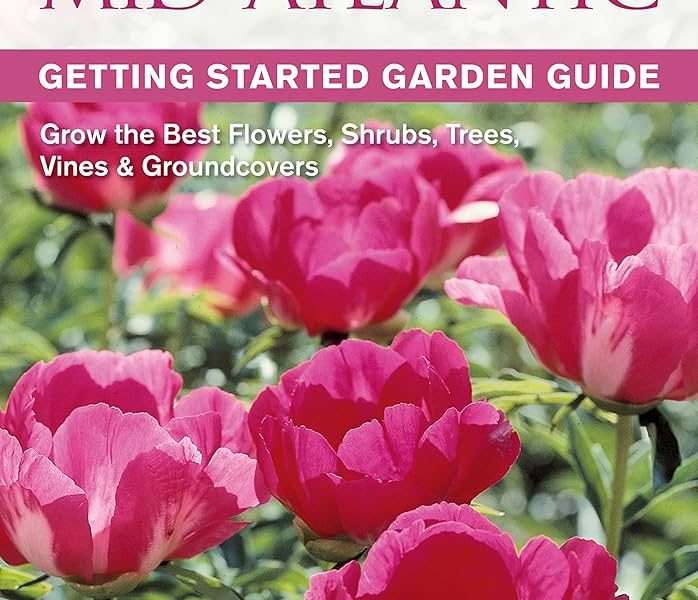Mark Viette, a renowned horticulturist, has spent a lifetime cultivating beautiful and productive gardens. His expertise, passed down through generations, offers practical advice for both novice and experienced gardeners. Whether you’re dealing with challenging soil, unpredictable weather, or simply seeking to enhance your garden’s beauty, Viette’s insights can help you achieve remarkable results. This article distills some of his key gardening principles into actionable tips for a flourishing landscape.
Understanding Your Garden’s Foundation
Before planting anything, it’s crucial to understand the specific conditions of your garden. This involves assessing the soil type, sunlight exposure, and drainage patterns.
Soil Analysis: The Key to Healthy Growth
Viette emphasizes the importance of knowing your soil. Different plants thrive in different soil conditions, so testing your soil is a critical first step.
- Determine Soil Type: Sandy, silty, clay, or loamy; Each requires different amendments.
- Check pH Levels: Most plants prefer a slightly acidic pH (around 6.0-7.0).
- Nutrient Content: Identify any nutrient deficiencies (nitrogen, phosphorus, potassium).
Fact: Adding organic matter, such as compost, is a universal solution for improving soil health regardless of its initial condition.
Sunlight and Shade: Matching Plants to Location
The amount of sunlight your garden receives will significantly impact which plants will thrive. Consider these factors when planning your layout.
| Sunlight Level | Description | Suitable Plants |
|---|---|---|
| Full Sun | 6+ hours of direct sunlight per day | Tomatoes, peppers, roses |
| Partial Shade | 4-6 hours of direct sunlight per day | Hostas, impatiens, hydrangeas |
| Full Shade | Less than 4 hours of direct sunlight per day | Ferns, begonias, mosses |
Essential Gardening Practices for Success
Beyond understanding your garden’s environment, certain practices are essential for maintaining healthy plants and maximizing yield.
Watering Wisely: Avoiding Overwatering and Underwatering
Proper watering is crucial for plant health. Overwatering and underwatering are common mistakes that can lead to plant stress and disease.
Viette suggests these tips for effective watering:
- Water deeply and less frequently to encourage deep root growth.
- Water in the morning to allow foliage to dry before nightfall, reducing the risk of fungal diseases.
- Use a soaker hose or drip irrigation to deliver water directly to the roots.
Pruning Techniques: Encouraging Growth and Shape
Pruning is more than just trimming; it’s a way to shape plants, remove dead or diseased growth, and promote flowering and fruiting.
- Deadheading: Remove spent flowers to encourage more blooms.
- Thinning: Remove crowded branches to improve air circulation and sunlight penetration.
- Shaping: Prune to maintain a desired shape and size.
FAQ: Common Gardening Questions Answered
Here are some frequently asked questions regarding garden care, inspired by Mark Viette’s teachings.
How often should I fertilize my plants?
The frequency of fertilization depends on the type of plant and the soil conditions. Generally, fast-growing plants and those grown in poor soil will require more frequent fertilization. Follow the instructions on your fertilizer label.
What is the best way to control weeds?
Viette advocates for a combination of methods: hand-pulling, mulching, and using organic herbicides when necessary. Prevention is key: maintain healthy soil and plants to outcompete weeds.
How can I attract pollinators to my garden?
Plant a variety of flowering plants that bloom at different times of the year. Choose native species whenever possible, and avoid using pesticides that can harm pollinators.
Mark Viette’s gardening philosophy emphasizes observation, understanding, and adapting to the specific needs of your plants and environment. By following these tips and embracing a mindful approach to gardening, you can create a thriving and beautiful landscape that brings joy and satisfaction for years to come. Remember to always research the specific needs of each plant you choose to grow and adjust your practices accordingly. Gardening is a continuous learning process, and with patience and dedication, you can achieve remarkable results. Embrace the challenge, enjoy the process, and reap the rewards of a flourishing garden. Consider this a foundation upon which you can build a personalized and rewarding gardening experience.

